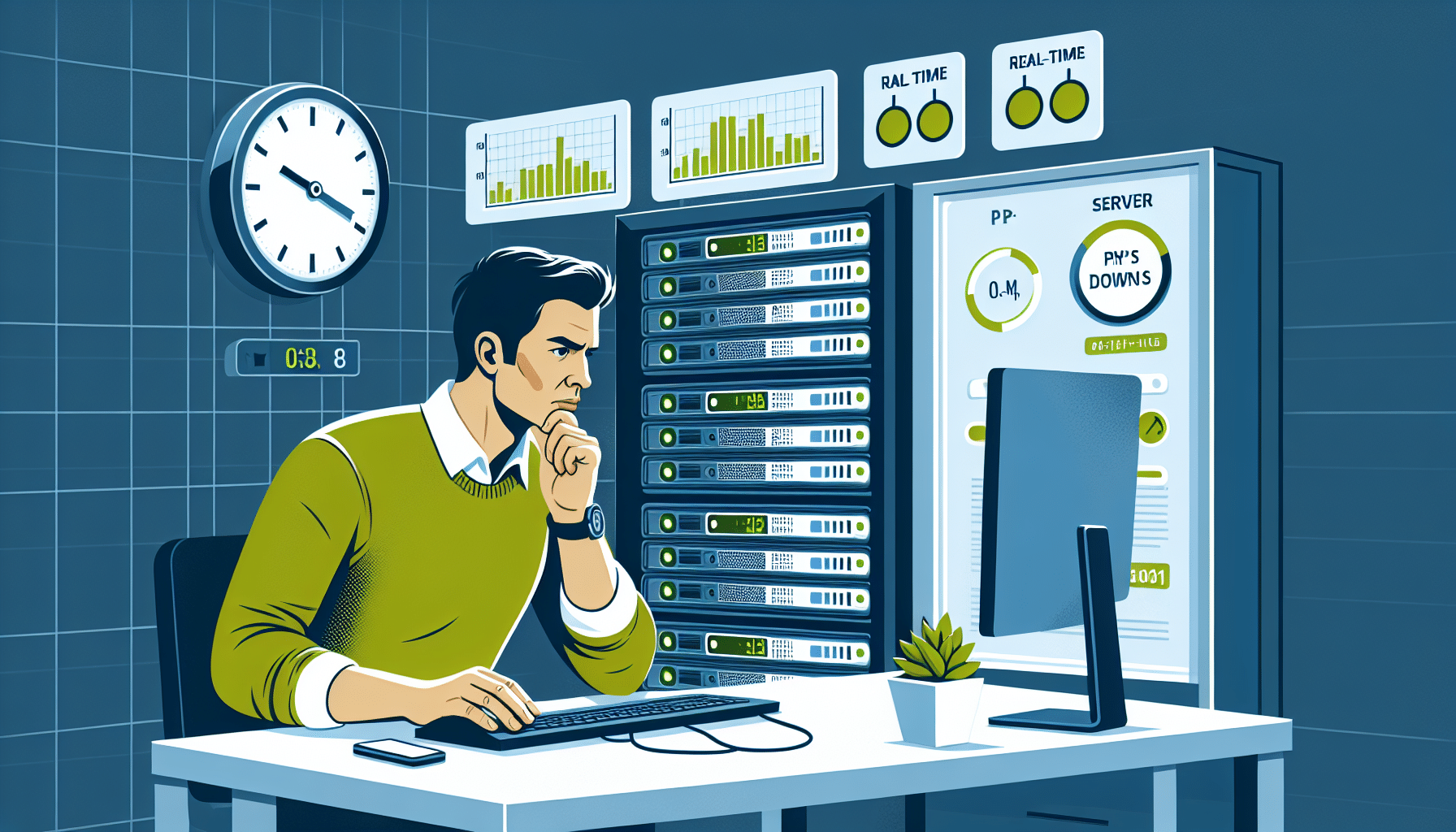Understanding Real-Time Monitoring
Real-time monitoring involves constantly assessing the performance and health of your systems to ensure seamless operations. By implementing this approach, businesses can identify potential issues before they lead to downtime, thus maintaining optimal productivity and user satisfaction.
Key Components of Real-Time Monitoring
- Metrics Collection: Gather data on performance indicators such as CPU usage, memory consumption, and network latency.
- Alert Systems: Use automated alerts to notify key personnel when anomalies or threshold breaches occur.
- Data Visualization: Employ dashboards to offer a clear, visual representation of system status and historical data.
- Integration: Ensure your real-time monitoring tools integrate seamlessly with your existing IT infrastructure.
Benefits of Real-Time Monitoring
Implementing real-time monitoring can dramatically reduce downtime. The immediate benefits include:
- Early detection of errors that could lead to system failures.
- Swift response times to potential issues, minimizing impact.
- Improved long-term system reliability and customer satisfaction through proactive measures.
Best Practices for Implementation
- Select Appropriate Tools: Choose monitoring solutions that cater to your specific industry needs and scale of operations.
- Define Key Performance Indicators (KPIs): Identify crucial metrics that directly influence your system’s health.
- Regular Review and Updating: Continually assess and update your monitoring configurations to adapt to evolving business needs.
- Involve Cross-Functional Teams: Engage different departments to ensure comprehensive monitoring coverage across all operational aspects.
Conclusion
Incorporating real-time monitoring into your IT strategy is a proactive measure to prevent downtime and optimize performance. By focusing on continuous evaluation and quick response to incidents, businesses can safeguard against the significant impacts of system failures.




